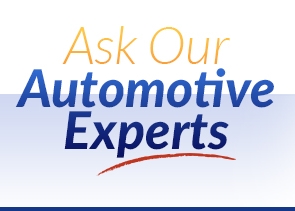Collision repair technology is changing faster than ever before. New materials like high strength and ultra-high strength steel require new repair methods and new equipment. These stronger materials help control crash energy and direct it around the passenger compartment. Ultra high steel cannot be straightened and must be replaced. Even though vehicles are becoming lighter, they are also stronger and safer. In 2018, the Honda Odyssey is 100 pounds lighter, the Chevy Equinox is 400 pounds lighter and the Chevy Traverse/Buick Enclave are 300 pounds lighter than the corresponding 2017 models. Many car makers have gone to aluminum to save weight with applications like hoods and lift gates all the way to Ford’s F150 and Explorer with complete aluminum bodies.
%20and%20New%20Vehicle%20Technology.png?width=453&name=Addison%20-%20Advanced%20Driver%20Assist%20Systems%20(ADAS)%20and%20New%20Vehicle%20Technology.png)
In addition to advanced materials enhancing safety by helping occupants survive a crash, Advanced Driver Assist Systems (ADAS) consist of; adaptive cruise control, blind spot warning, collision braking, collision warning, lane departure warning, 360 degree camera view, rear view, park assist, and rear cross traffic alert that helps drivers avoid crashes. All these systems operate using sensors and cameras mounted on the periphery of the vehicle and all have to be calibrated (aimed) when they are replaced or even just removed and reinstalled.
ADAS wasn’t common until 2017, so it wasn’t until this past year that we began to see a need for calibration after repairs. As a result, we were sending cars to the dealerships for this operation to be completed adding more days to the repair time. In addition, some of the dealers were not familiar with the process and in some cases didn’t have all of the necessary targets. These calibrations need to be precise. For example, when using cruise control following a car from 200 feet, if the radar sensor is only 2 degrees off, it will be 7 feet off of the center of the car being followed.
In December, Addison Auto Repair & Body Shop purchased a calibration system with coverage for most domestic and foreign vehicles. Not only does this save time, but it also allows us to have tight control, assuring a correct and accurate repair. Since our shop is both a collision repair and mechanical repair shop, we are already familiar with the methods used to diagnose and correct these systems. Our mission is to make a 100% accurate repair in a timely manner.



